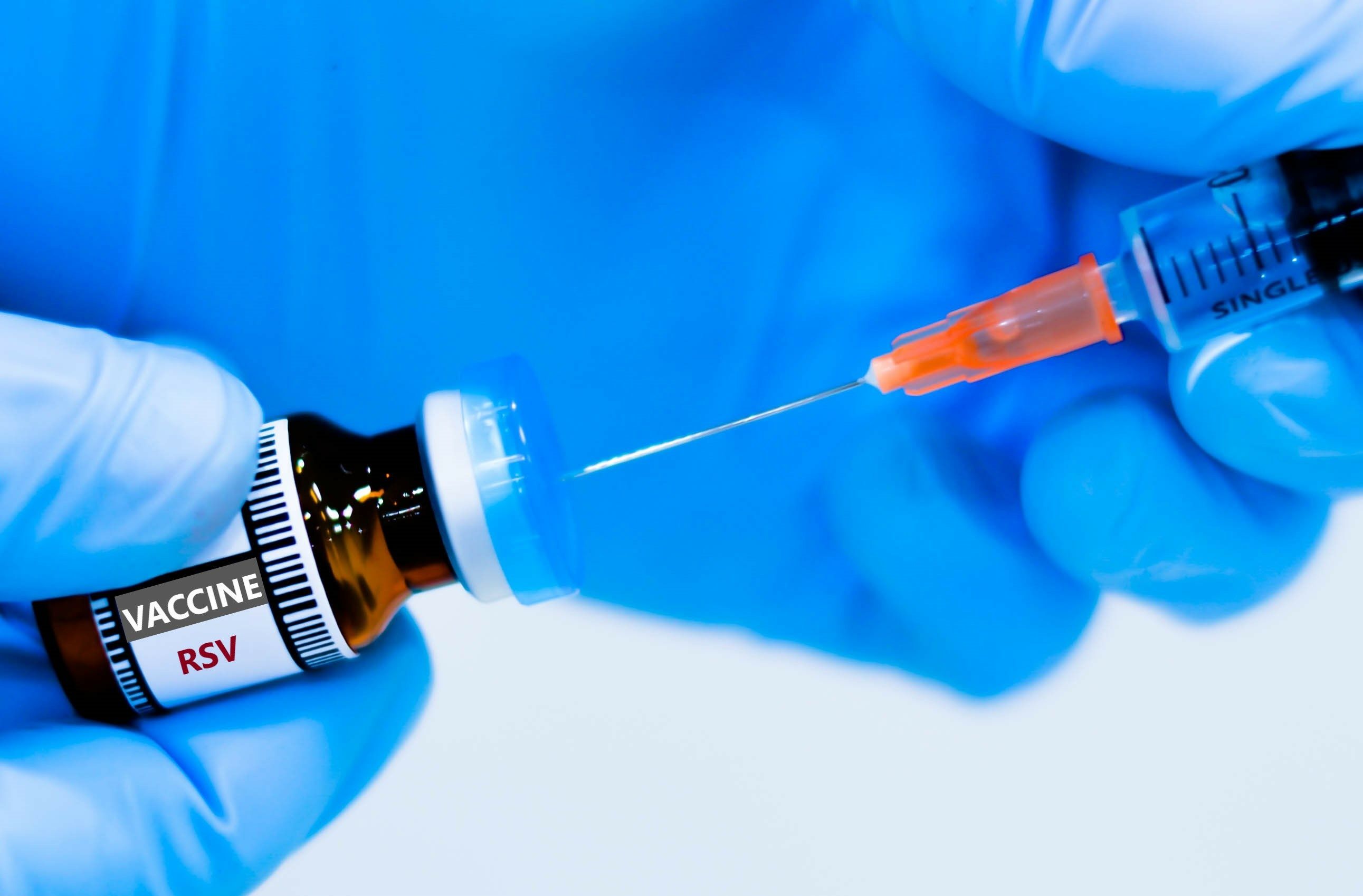Article
Pneumococcal Vaccinations: Make the Recommendation
Author(s):
Streptococcus pneumoniae (pneumococcus) infects approximately 4 million Americans annually. As a result of this infection, there are approximately 445,000 hospitalizations and 22,000 deaths in the United States each year.
Streptococcus pneumoniae (pneumococcus) infects approximately 4 million Americans annually. As a result of this infection, there are approximately 445,000 hospitalizations and 22,000 deaths in the United States each year. High risk groups include children younger than 2 years of age, children in group care, or elderly individuals in nursing homes or long-term care facilities, and adults 65 years of age and older. Other select groups of individuals are also at increased risk, including those who have chronic illnesses, cochlear implants, or cerebrospinal fluid leaks.
The Journal of Pharmacy Practice has published a study of vaccination rates at a family medicine clinic. The researchers indicated that primary care providers often fail to encourage vaccination against pneumococcus in patients who had asthma or were active smokers. They were most likely to recommend immunization in patients who had diabetes. Pharmacists were most likely to positively influence patients’ decisions to be vaccinated.
In this study, the researchers reviewed electronic medical records after determining that 140 of 425 patients who should have received the pneumococcal immunization did not.
Of note, the researchers identified 3 reasons why patients were not vaccinated. First and foremost, the provider did not recommend vaccination during a visit. The next most common reason was refusal by the patient. The third reason was that health care providers misclassified patients who had definite medical indications for pneumococcal vaccine as “low risk.”
Vaccinated patients tended to be older than unvaccinated patients. The researchers postulated that providers tend to think of patients who need pneumococcal immunization as older, and may pay more attention to their older patients.
Physician assistants were less likely than medical residents or medical faculty to vaccinate patients deemed eligible. Pharmacists (ambulatory care providers embedded in the family practice clinics) were most likely to vaccinate patients, but the number of pharmacists and visits with pharmacists was very low. In addition, pharmacists who participated in the study were able to spend more time with patients as they manage chronic conditions. This may have skewed the results.
The researchers indicated that medical practices could improve immunization rates if the electronic medical record prompted health care providers more often and more appropriately. They concluded that pharmacists in different practice settings may also help increase immunization rates. Since the provision of vaccines by pharmacists is a billable service, it may contribute to the justification to hire or expand pharmacist services.
Reference
Trovato A, Gunning K, Pippitt K. Vaccination rates in patients with medical indications for the pneumococcal polysaccharide vaccine in a family medicine clinic. J Pharm Pract. 2017 Jan 1:897190017745411. doi: 10.1177/0897190017745411.





